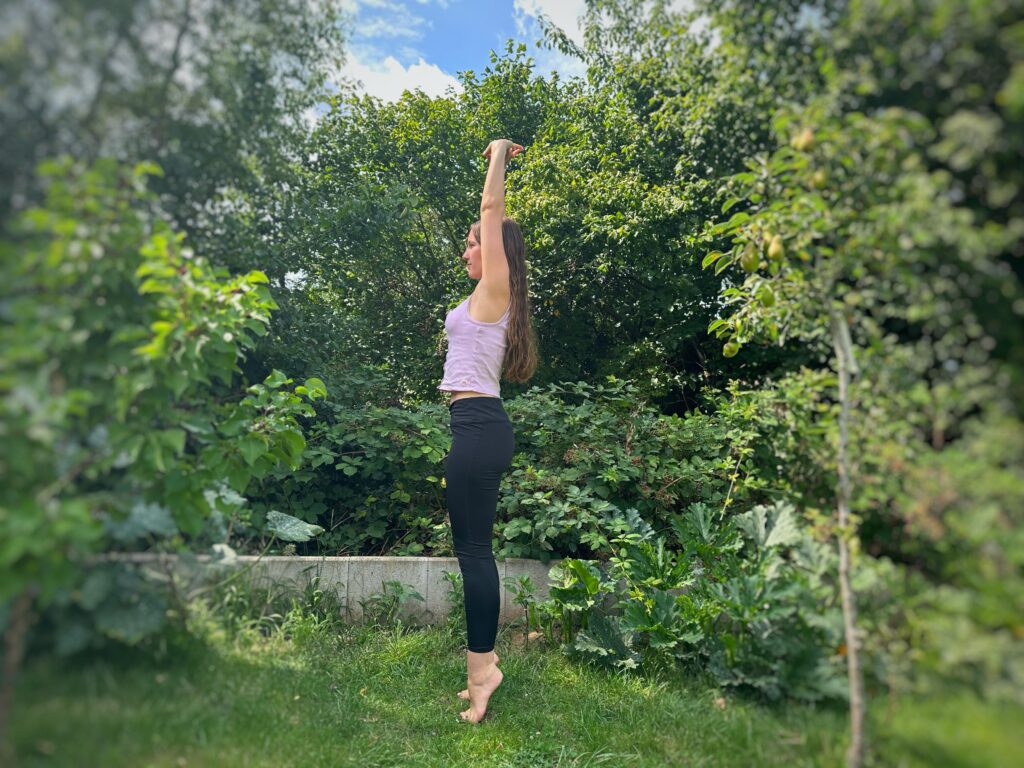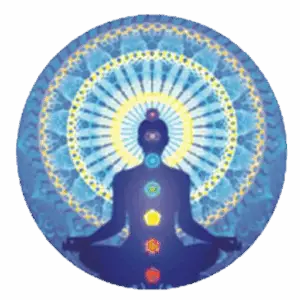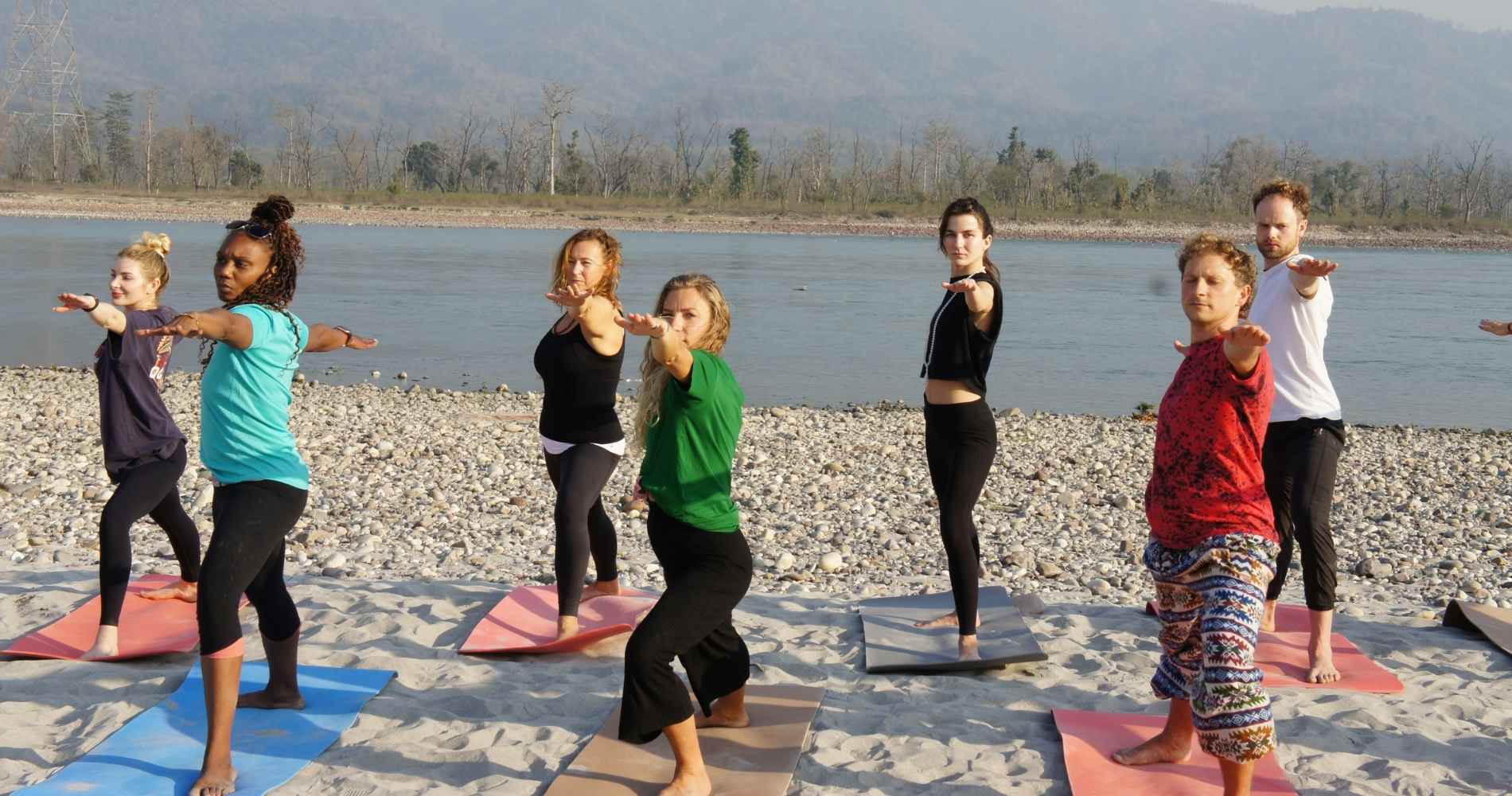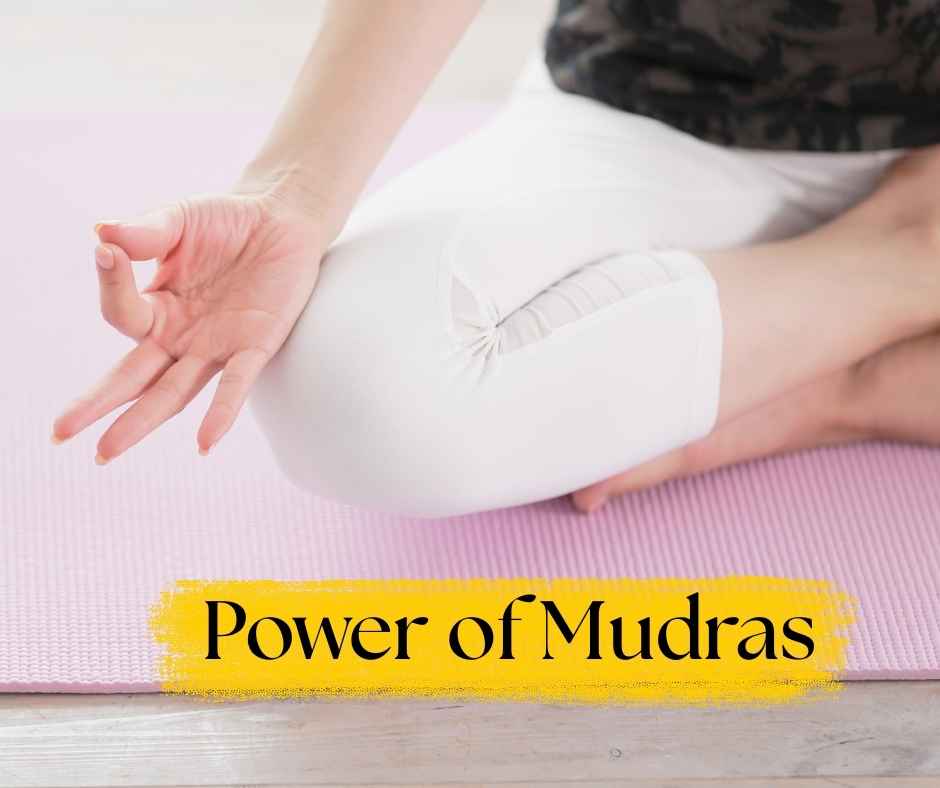Tadasana is one of the most widely practiced asanas across all styles of yoga today. Whether you’re into Hatha Yoga, Ashtanga, or Vinyasa, chances are you’ve come across this foundational posture.

But what exactly is Tadasana, and what are the true Tadasana benefits?
Contrary to popular belief, Tadasana does not mean “Mountain Pose.” While it’s commonly translated that way, the Sanskrit word “Tad” (ताड़) actually means “Palm Tree.” Go ahead and look it up—Google “ताड़” and you’ll find images of tall palm trees, which the posture is meant to represent.
Your legs in Tadasana symbolize the roots of the tree, grounding you to the earth. Your torso and arms become the trunk and branches, rising tall and steady.
In its traditional context, Tadasana represents stability, mental focus, and single-pointed awareness. It is a balancing posture that helps the mind become clearer and more focused.
One of the more subtle Tadasana benefits is its effect on the hypothalamus. The gentle pressure applied through the toes is believed to activate this part of the brain, which plays a crucial role in regulating hormones, mood, and body temperature. (This is also connected to the principles of foot reflexology.)
Physically, the Mountain Pose benefits are deceptively simple but highly effective. The posture engages and activates multiple muscle groups throughout the body, making it a valuable posture for full-body conditioning.
When practiced with proper alignment, Tadasana helps strengthen the lower limbs, including the shin and calf muscles (tibialis anterior, gastrocnemius, soleus) and the quadriceps and hamstrings in the thighs. The gluteal muscles are engaged to maintain pelvic stability, while the abdominal muscles, particularly the transverse abdominis and obliques, support the spine and promote core stability.
In the upper body, the posture activates the shoulders, arms, and upper back, including muscles such as the deltoids, trapezius, and latissimus dorsi, depending on the arm position. The intercostal muscles—the small muscles between the ribs—are also engaged subtly, improving rib cage mobility and respiratory efficiency.
Tadasana additionally supports the ankles and feet, enhancing joint stability, proprioception (body awareness), and muscle balance. The tendons and ligaments surrounding these joints are gently stimulated, promoting both flexibility and strength. Over time, consistent practice contributes to better postural alignment, improved neuromuscular coordination, and enhanced musculoskeletal balance.
This makes Mountain yoga Pose not just a beginner pose, but a foundational asana with far-reaching physical benefits when approached mindfully and with correct technique.
What makes this pose feel so effective is the way it activates the entire body. You feel more energized, alert, and connected from head to toe.
The best time to practice Tadasana is after your warm-up, especially following the anti-rheumatic Pawanmuktasana series. It’s a good idea to do some ankle rotations and toe bends beforehand to prepare the joints. The longer you can comfortably hold the pose, the better—this aligns with the yogic principle of “Sthira Sukham Asanam,” which means a posture should be steady and comfortable.
One of the deeper Tadasana benefits is its energetic impact. This asana is known to help align and activate all the chakras, especially the sixth (Ajna or Third Eye) and seventh (Sahasrara or Crown) chakras. These are associated with higher awareness and spiritual connection, making Tadasana yoga pose more than just a physical practice—it becomes a meditative and energizing experience.
Tadasana truly is a gem in the world of yoga. It’s simple, yet powerful, offering benefits that span the physical, mental, and energetic realms.







